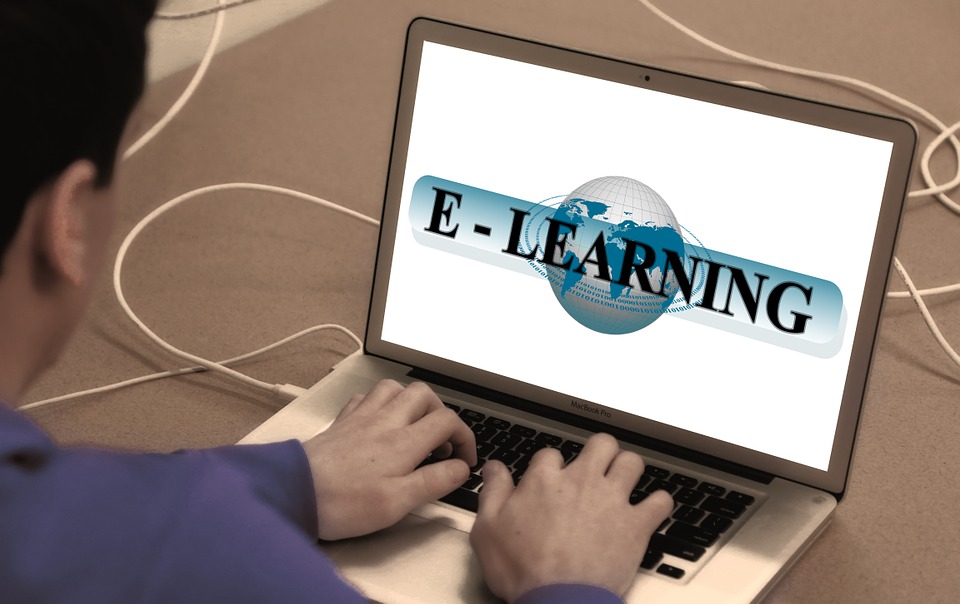The digital era has revolutionized various aspects of our lives, including e-learning in education. Traditional classroom settings are no longer the only option for learning. The emergence of e-learning has opened up new horizons, offering students and educators a flexible and accessible way to acquire knowledge. In this article, we will delve into the numerous benefits of e-learning in e learning in education. From increased accessibility and convenience to enhanced engagement and personalized learning, e-learning can potentially transform the e learning in educational landscape.
Table of Contents
Flexibility and Accessibility

One of the key advantages of e-learning in e-learning in education is the flexibility it offers. With e-learning, students can access e-learning in educational resources anytime, anywhere, as long as they have an internet connection. This flexibility enables learners to study at their own pace and schedule, accommodating various personal commitments. Whether it’s a working professional seeking to upskill or a student juggling multiple responsibilities, e-learning provides the freedom to learn on their terms.
Customized Learning Experience
E-learning facilitates a personalized learning experience tailored to individual needs and preferences. Learners can choose the topics and courses that align with their interests and goals, allowing them to explore and specialize in specific areas. The availability of a wide range of courses ensures that students can access the content most relevant to their field of study. This customization fosters engagement and motivation, as learners are actively involved in shaping their e-learning in their educational journey.
Enhanced Engagement and Interaction

Unlike traditional classroom settings, e learning in education active participation and engagement through interactive multimedia elements. Learning materials can be presented in various formats, such as videos, quizzes, simulations, and gamified content, making the learning process more dynamic and engaging. Additionally, e-learning platforms often incorporate discussion boards and collaborative tools, enabling students to interact with peers and educators, fostering a sense of community and knowledge-sharing.
Cost-Effectiveness
e learning in education offers a cost-effective alternative to traditional e-learning in education. With e-learning, students can save on commuting expenses, accommodation fees, and expensive textbooks. Course materials are often available online for free or at a significantly reduced cost compared to traditional textbooks. Moreover, e-learning eliminates the need for physical classroom infrastructure, reducing overhead costs for e-learning in educational institutions. This cost-effectiveness makes e-learning in education more accessible and affordable for a wider range of learners.
Continuous Learning Opportunities
e learning in education provides continuous learning opportunities, allowing individuals to acquire knowledge beyond the confines of traditional academic calendars. With e-learning, learners can access resources and enroll in courses at any time, enabling them to stay updated with the latest advancements in their field of interest. Continuous learning is particularly valuable in rapidly evolving industries where skills and knowledge require frequent updates. e learning in education individuals to engage in lifelong learning, enhancing their career prospects and personal growth.
Individualized Pace of Learning

In traditional classrooms, the pace of learning is often dictated by the average speed of the class. However, e-learning allows learners to progress at their own pace. Students can revisit challenging concepts, spend more time on areas that require further understanding, or accelerate through familiar topics. This individualized pace of learning ensures that students grasp concepts thoroughly before moving forward, enhancing comprehension and knowledge retention.
Global Learning Community

e learning in education geographical boundaries, connecting learners from around the world. Through online platforms, students can interact with peers, educators, and subject matter experts globally, fostering a diverse and enriching learning environment. This global learning community encourages cross-cultural collaboration, exposing learners to different perspectives and ideas. By engaging with individuals from diverse backgrounds, students develop essential skills such as intercultural communication and adaptability, preparing them for an increasingly interconnected world.
Conclusion
e learning in education has revolutionized the e learning in education landscape, offering a wide array of benefits to students and educators alike. From flexibility and accessibility to customized learning experiences and enhanced engagement, e-learning provides a transformative approach to e-learning in education. By embracing e-learning, e-learning in educational institutions can broaden their reach, cater to diverse learner needs, and foster a culture of continuous learning. As technology continues to advance, the potential for e-learning to shape the future of e-learning in education is vast. It is an exciting time to explore the boundless possibilities that e-learning brings to the realm of e-learning in education.
Learn about: IXL Learning: Unleash the Power of Education with Interactive iXL Learning Experience











